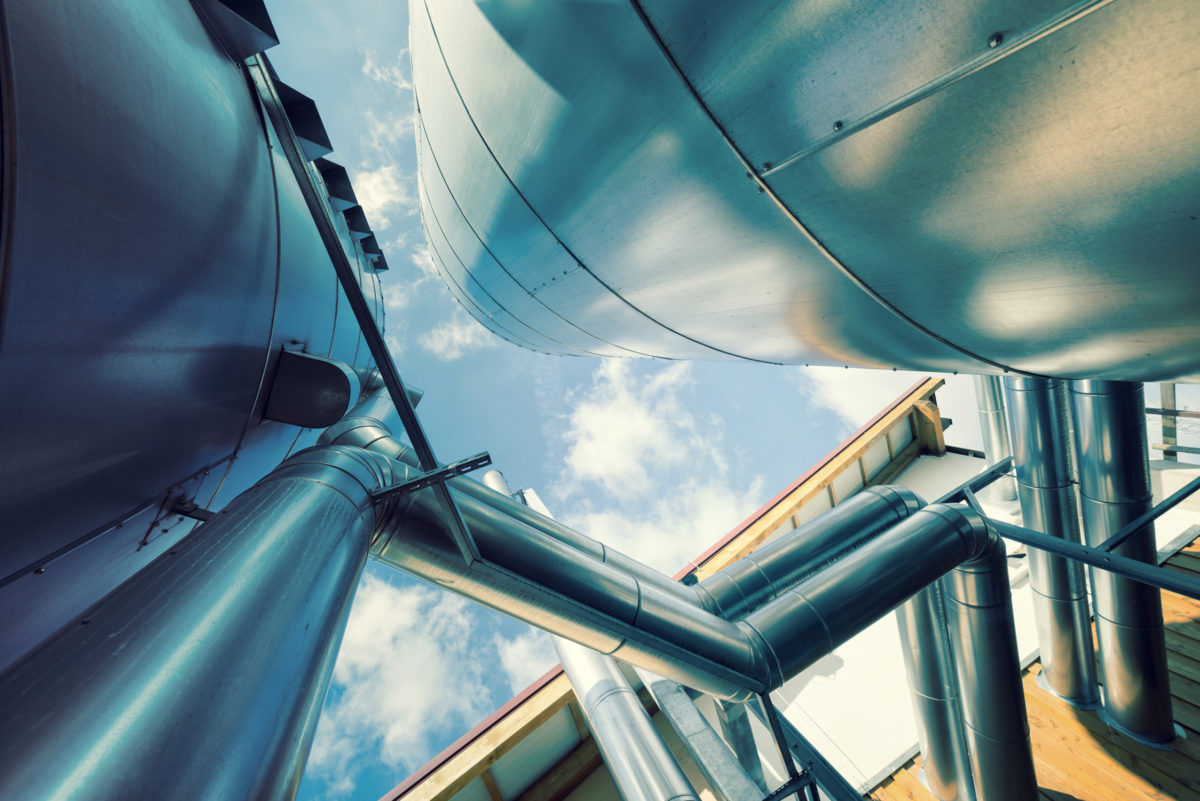As the number of research and pilot projects aimed at commercialization of hydrogen continues to grow in Australia, a new collaboration has been announced between Fortescue and CSIRO, involving a five year agreement to fund and support select CSIRO technologies in the hydrogen space.
The focal point of the $20 million partnership is an investment in CSIRO’s metal membrane technology. Namely, this technology enables ammonia to be used as a carrier material for hydrogen storage and transport, making the transportation of low emissions hydrogen economically viable.
“Today we’re seeing a ‘market pull’ from companies like Fortescue to reinvent themselves through deep science-driven innovation and follow the global market shift towards a low-emissions energy future, and in so doing create a whole new export market for our vast clean energy resources,“ said CSIRO Chief Executive Dr Larry Marshall.
While it will continue its own investment in hydrogen R&D, chiefly through its Hydrogen Energy Systems Future Science Platform, CSIRO will work with Fortescue to identify, develop and commercialise technologies to support the creation of an Australian hydrogen industry and future global uptake.
“We are at the beginning of an energy revolution and Fortescue intends to be at the forefront of this once in a generation opportunity,“ Fortescue Chairman Andrew Forrest said.
“As a proud Australian company, we are excited to partner with CSIRO, our nation’s preeminent science and research body, to unlock the potential of hydrogen, the low emission fuel of the future.“
The potential and economic opportunities of hydrogen produced by solar and wind powered electrolysers have been widely reported and described as Australia’s golden export opportunity.
In its recent World Energy Outlook publication, the International Energy Agency (IEA) has has highlighted the potential of Australian renewable hydrogen. It found that that the cost of producing hydrogen through electrolysers located in close proximity to wind and solar farms in northern Australia could come in at US$3/kg H2 in 2040. This makes it cheaper than doing so using natural gas, when the costs of carbon capture are included.
Earlier this year, the report by ACIL Allen Consulting commissioned by ARENA set out that hydrogen export could contribute $1.7 billion to the economy annually. In a separate report by the Australia’s Chief Scientist, Dr Alan Finkel, delivered to the COAG Energy Council, described hydrogen as Australia’s next multibillion dollar export opportunity.
In addition, the National Hydrogen Roadmap released by CSIRO showed the development of a hydrogen export industry represents a significant opportunity for Australia and a potential ‘game changer’ for the local industry and the broader energy sector due to associated increases in scale. It also found that an economically-sustainable hydrogen industry could soon be a reality.
In September, ARENA earmarked $22.1 million in funding to boost national research and development projects in the field.
The funding has been distributed among nine Australian universities and research organizations including: the ANU, Macquarie and Monash Universities, QUT, RMIT University, The University of Melbourne, UNSW, The University of WA and the CSIRO.
This content is protected by copyright and may not be reused. If you want to cooperate with us and would like to reuse some of our content, please contact: editors@pv-magazine.com.









By submitting this form you agree to pv magazine using your data for the purposes of publishing your comment.
Your personal data will only be disclosed or otherwise transmitted to third parties for the purposes of spam filtering or if this is necessary for technical maintenance of the website. Any other transfer to third parties will not take place unless this is justified on the basis of applicable data protection regulations or if pv magazine is legally obliged to do so.
You may revoke this consent at any time with effect for the future, in which case your personal data will be deleted immediately. Otherwise, your data will be deleted if pv magazine has processed your request or the purpose of data storage is fulfilled.
Further information on data privacy can be found in our Data Protection Policy.